

SpaceX dramatically launched its fourth Integrated Flight Test (IFT-4) of a fully stacked Starship/Super Heavy combo from Starbase in Boca Chica, Texas, on Thursday. The 120-meter (394-foot) tall behemoth, the most powerful rocket ever flown, twice as powerful as NASA's long-retired Saturn V and the current Space Launch System (SLS), took to the skies from South Texas at 7:50 am CDT. and marked a number of important milestones for the program, including the first controlled landing of a Super Heavy booster and the first successful reentry and controlled landing of the Starship.
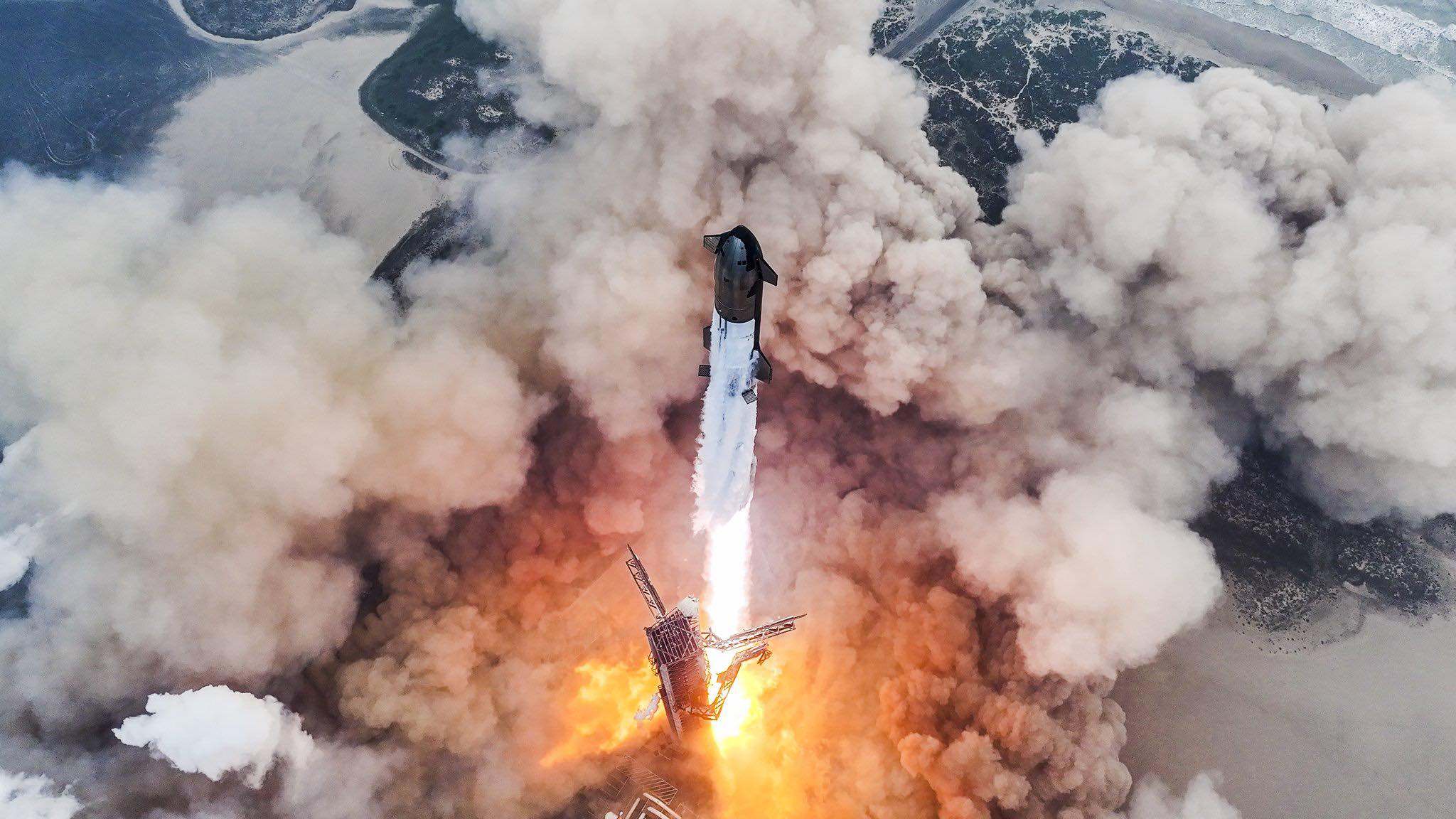

It's already been an impressive week for SpaceX, which last saturday afternoon and Tuesday afternoon It flew a pair of Falcon 9 boosters, loaded with dozens of Starlink low-orbit Internet communications satellites.from the historic Space Launch Complex (SLC)-40 at Cape Canaveral Space Force Station in Florida. They saw the Hawthorne, California-based organization conclude May as its first month with up to 13 and 14 launches and June dawned with the shortest delivery time ever for Falcon 9 payload fairing halves.
IFT-4, the fourth departure from a fully integrated Starship/Super Heavy stack, would add an extra layer of icing on the cake. Powered by 16.7 million pounds (7.5 million kilograms) of thrust from the 33 Raptor engines at the base of the Super Heavy, SpaceX is adding incremental objectives to each test flight as it strives to progressively mature the program.
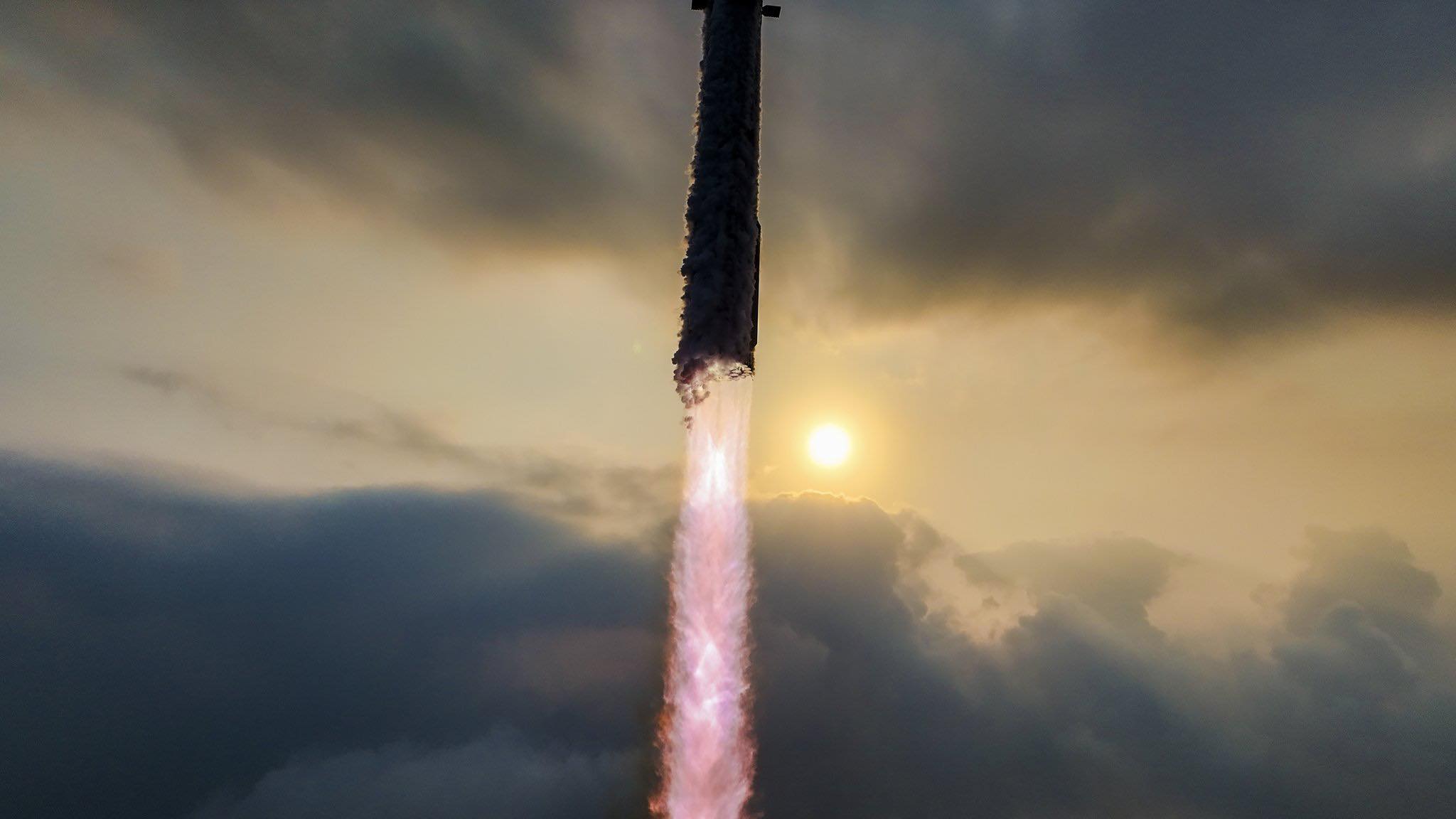

Starship maiden flight on April 20 of last year saw the stack achieve the highest takeoff thrust of any booster in history. It far exceeded 7.5 million pounds (3.4 million kilograms) of the long-retired Saturn V8.8 million pounds (3.9 million kilograms) of SLS during the launch of Artemis I in November 2022 and even the Soviet Union's N-1 rocket, which reportedly produced 10.2 million pounds (4.6 million kilograms) during its four failed flight attempts between February 1969 and November 1972.
But although IFT-1 cleared the Boca Chica launch pad and reached altitude, it suffered a multitude of technical problems and the premature shutdown of several Raptor engines, leading to an untimely, albeit visually spectacular, demise. Launch of IFT-2 on November 18 saw all 33 Raptors successfully burn through Main Engine Cutoff (MECO), followed by a “hot staging” exercise when the 233-foot-tall (71-meter) Super Heavy was jettisoned and performed a turn plus a (almost) nominal. Engraved profile of the six Raptor engines aboard the 50-meter (164-foot) tall Starship.
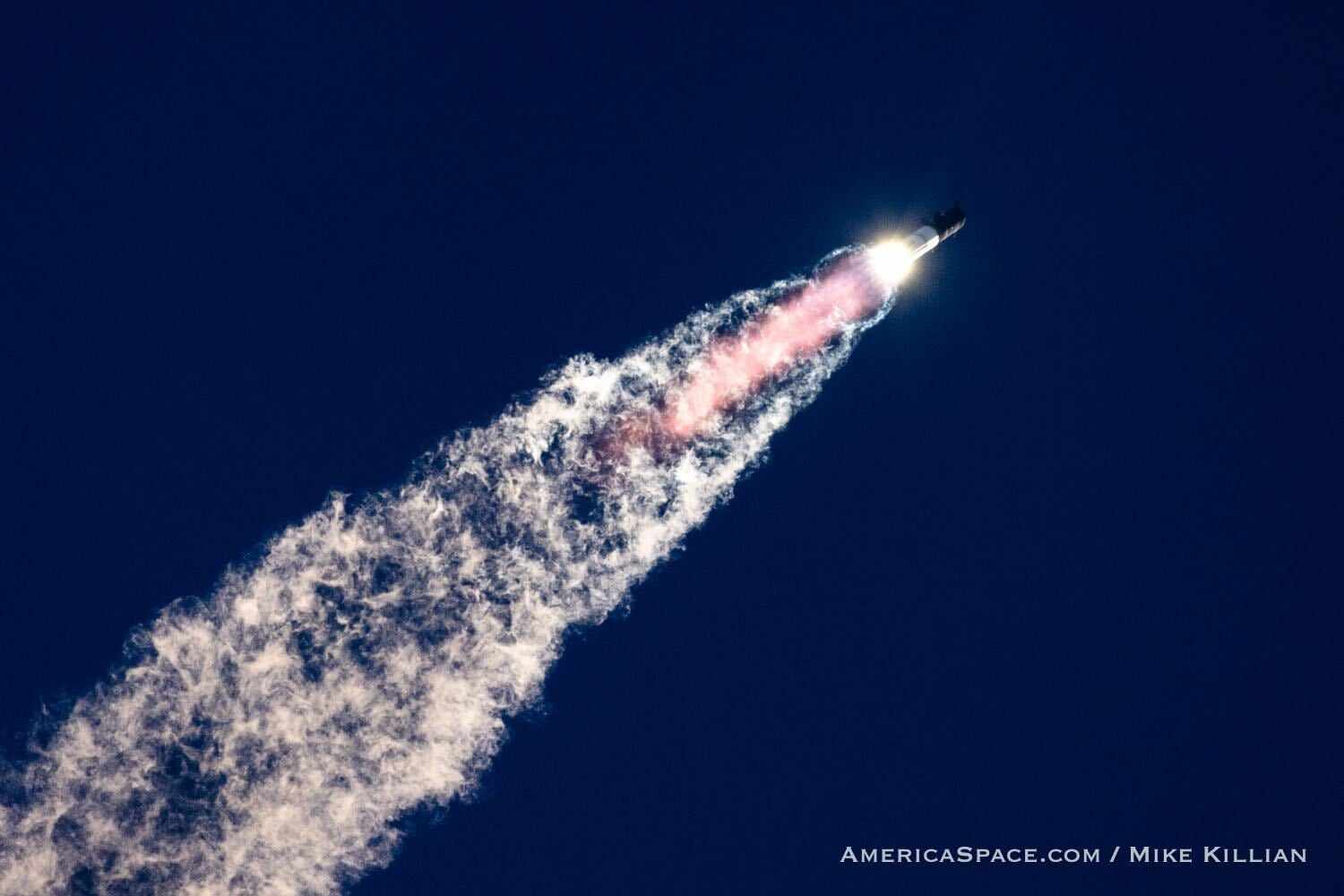

But as the IFT-2 stack headed toward the Gulf of Mexico, the Autonomous Flight Safety System (AFSS) issued a destroy order to destroy the vehicle. This led to a series of corrective actions, including the implementation of an all-electric thrust vector control (TVC) system and improvements to pre-launch propellant loading protocols.
IFT-3 of last March 14 completed a full-duration Raptor burn for both stages and Starship successfully tested in-space propellant transfer and actuation of its payload (or “fish”) compartment doors. However, a planned re-ignition of the Starship's Raptors did not occur and the vehicle re-entered the atmosphere for a “hard” splashdown, but was lost before impacting the waters of the Indian Ocean. The Super Heavy's “boost” and “landing” attempts also ran into problems and the giant booster was lost at an altitude of 1,500 feet (460 meters) above the Indian Ocean.
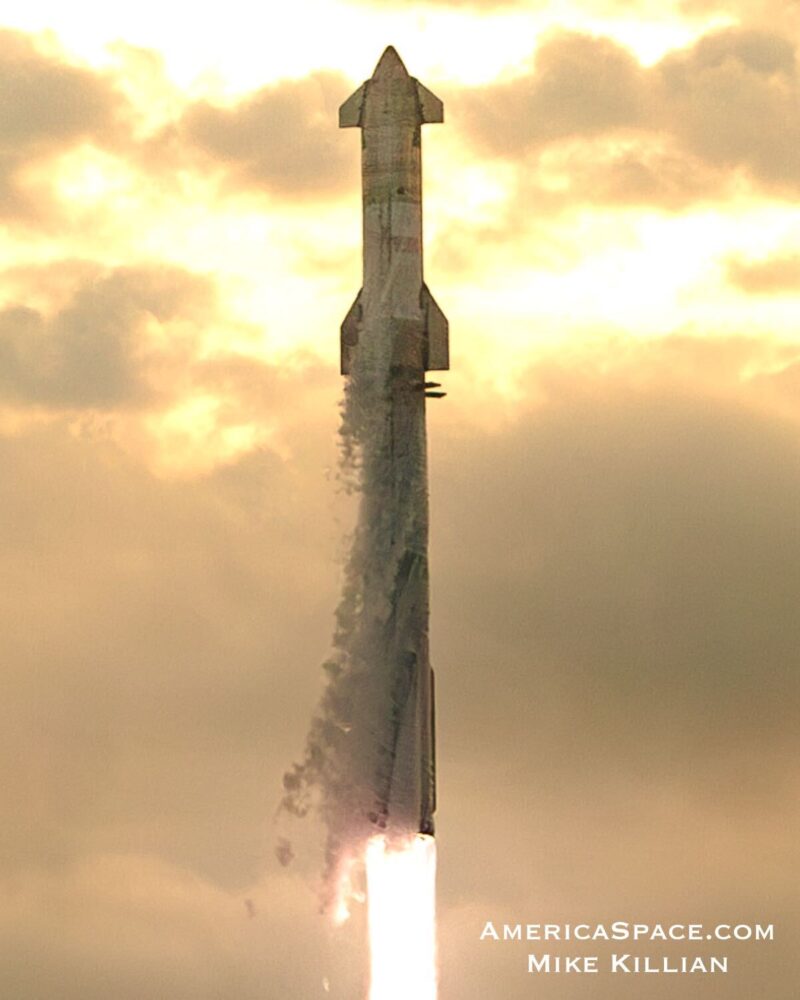

Preparations for IFT-4 began last month, with a static fire test of the six Raptors on the Starship (designated “Ship 29”) and a deployment to the Starbase pad on May 11 for a one-day dress rehearsal. of the launch. on the 20th. SpaceX initially aimed to make an initial launch attempt as early as June 5, “pending regulatory approval,” a date that was later moved 24 hours to the right, with a wide “test window” of two hours that extended from 7:00 am CDT to 9:00 am CDT.
Last week, the entire stack, with Super Heavy-mounted Ship 29, dubbed “Booster 11,” was loaded with ten million pounds (4.5 million kilograms) of liquid oxygen and liquid methane propellants for a test. final before IFT-4. And early Thursday morning, Starbase crews received a “Go” to refuel at 6:45 a.m. CDT, at which time they were targeting a new T-0 of 7:50 a.m. CDT. Weather conditions were 95 percent favorable and fueling of Starship and Super Heavy began shortly after 7 a.m. CDT.
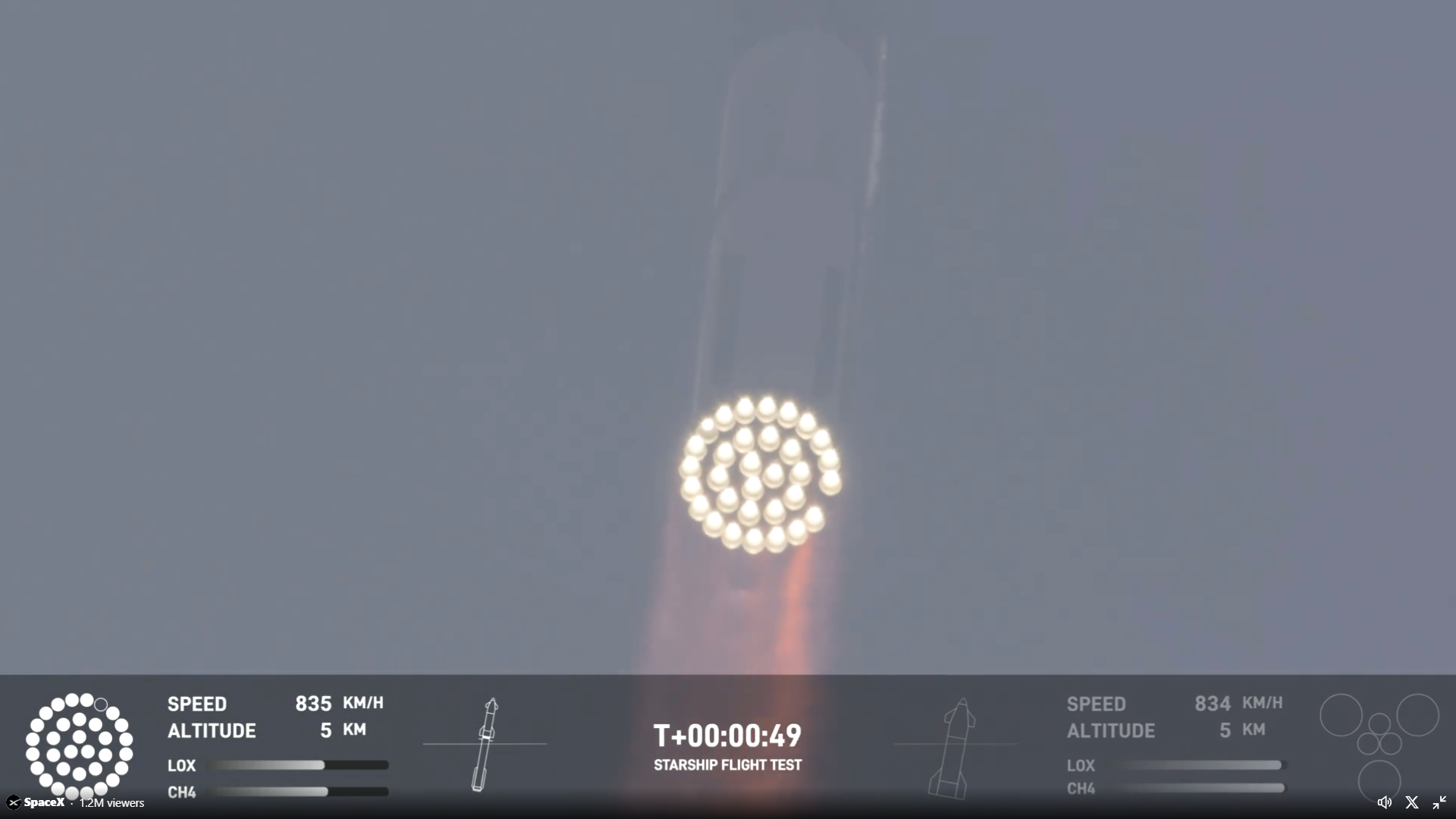

“The fourth flight test shifts our focus from reaching orbit to demonstrating the ability to return and reuse Starship and Super Heavy,” SpaceX explained. “The main objectives will be to execute a soft landing and splashdown in the Gulf of Mexico with the Super Heavy and achieve a controlled entry of Starship.
“To achieve this, several software and hardware upgrades have been made to increase overall reliability,” it added. “The SpaceX team will also implement operational changes, including jettisoning the Super Heavy's hot stage after the 'boost' to reduce booster mass for the final phase of the flight.” Notably, Starship was also intentionally fitted with one “thin” heat shield plate and two others were removed entirely to measure the effects of increased reentry heating on Ship 29's airframe.
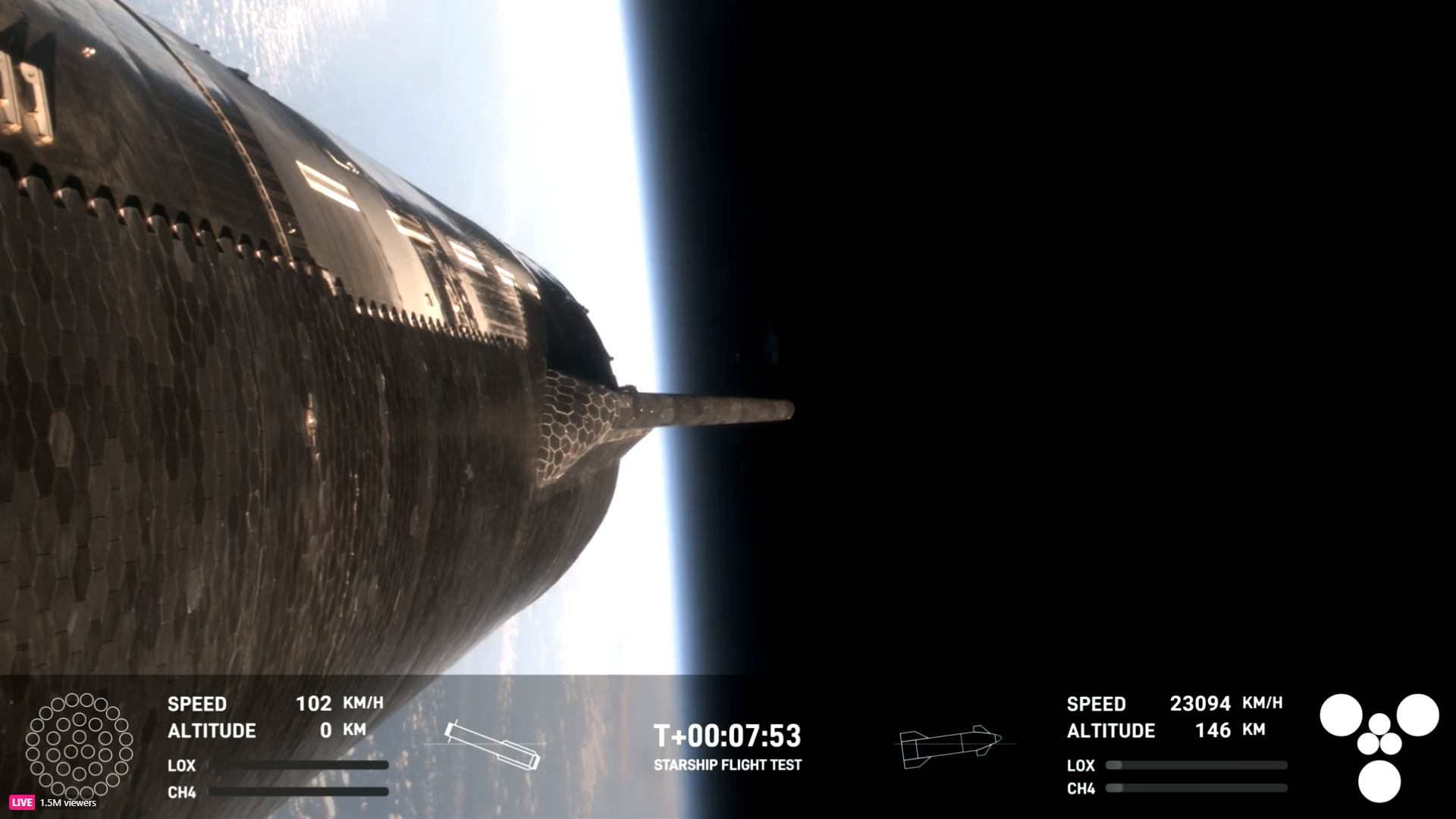

Starting at T-4 seconds, the IFT-4 firing rate was put into effect as the Super Heavy's Raptors came to life in different “banks”, increased to maximum thrust and moved away from Boca Chica. The stack underwent maximum aerodynamic turbulence, known colloquially as “Max Q,” one minute into flight and with all but one of its 33 Raptors burning, the Super Heavy shut down in time just over 2.5 minutes after the crash. takeoff.
This time, the giant booster completed a successful recoil burn to begin its return to the Gulf of Mexico and a landing burn that allowed it to execute the program's controlled splashdown 7.5 minutes after launch. It marked the first successful water landing of a Super Heavy.


Meanwhile, Ship 29's Raptors shut down exactly on time 8.5 minutes into the flight and the spacecraft glided for more than half an hour. Re-entry began 49 minutes after launch, with spectacular views transmitted via Starlink as the Starship's flight surfaces glowed a kaleidoscope of colors and temperatures across its skin of 18,000 hexagonal thermal protection tiles rising to 1,400. degrees Celsius (2,500 degrees Fahrenheit).
And despite damage sustained from a hypersonic grid fin and a broken camera lens, Ship 29 survived reentry, completed its landing, and executed a controlled splashdown in the Indian Ocean. Today's success, like March's IFT-3, allows SpaceX to once again confidently mark a completely successful launch and climb profile and, for the first time, add a successful controlled reentry and landing for both Ship 29 and Booster 11.


Next, IFT-5 later this summer (and perhaps late June) could attempt the first Super Heavy “Tower Capture” program. Retrieving propellant via mechanized arms (referred to as “Mechazilla”) on Starbase's launch tower, rather than landing via landing legs as the Falcon 9 does, serves favorably to reduce mass and parts count.
And it certainly seems like Elon Musk is in favor of a Tower Catch at IFT-5. “I think,” Musk tweeted minutes after today's success, “we should try to catch the booster with the 'mechazilla' arms on the next flight.”










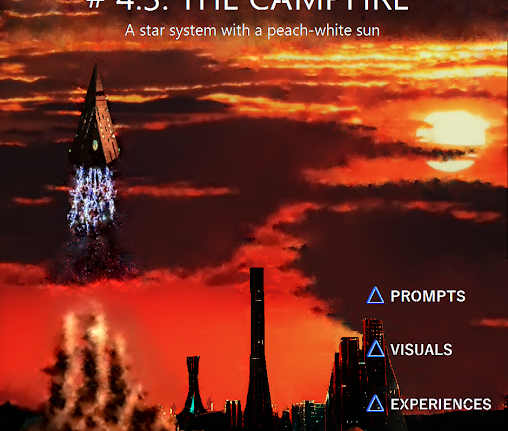


Leave feedback about this